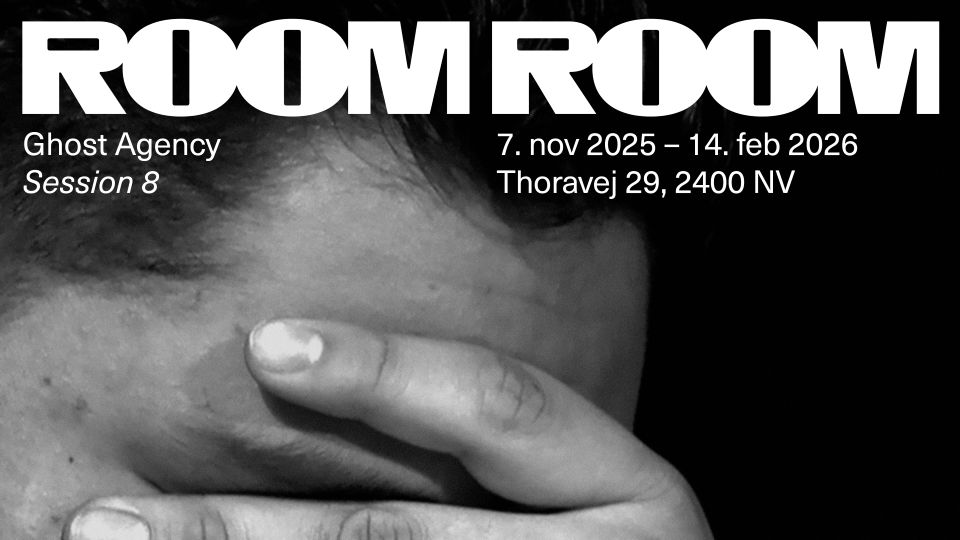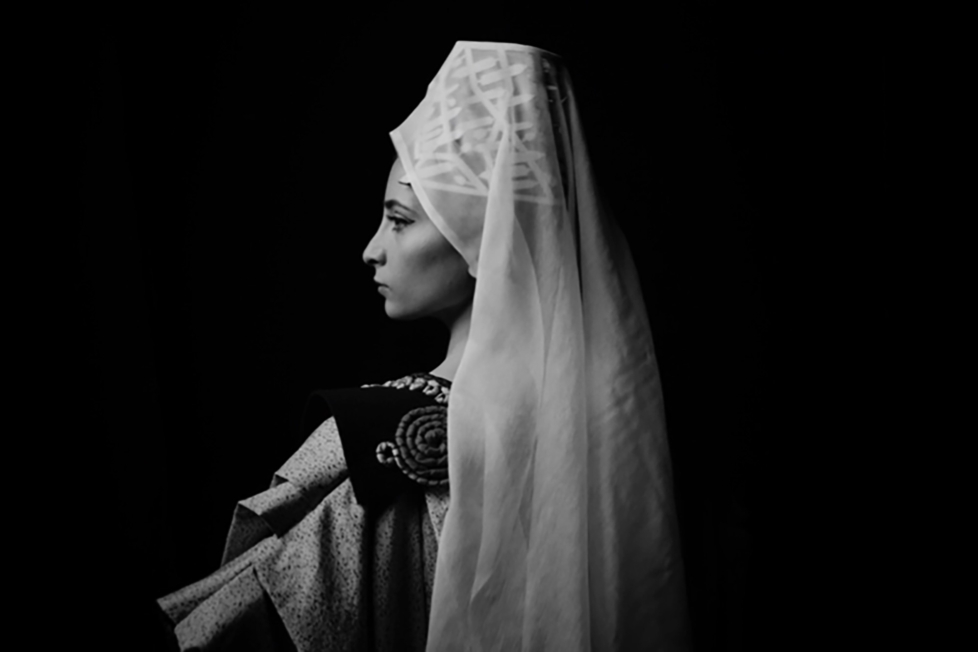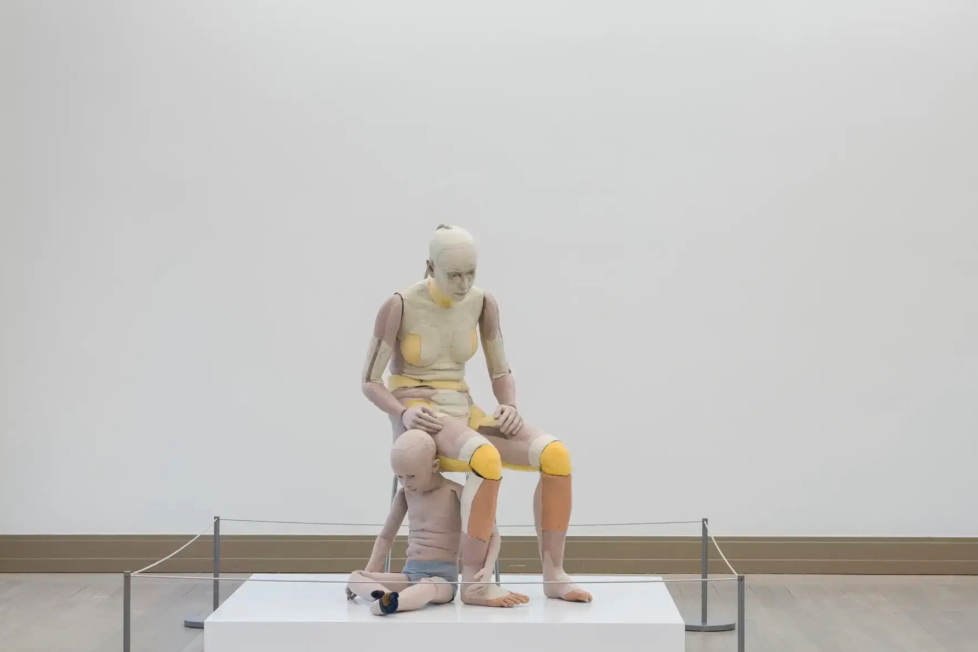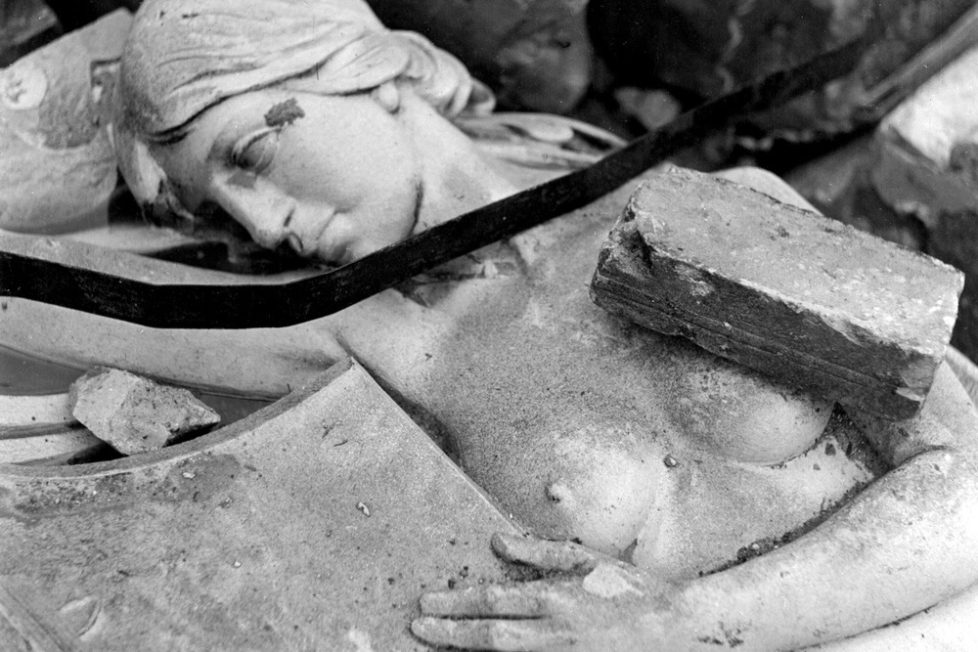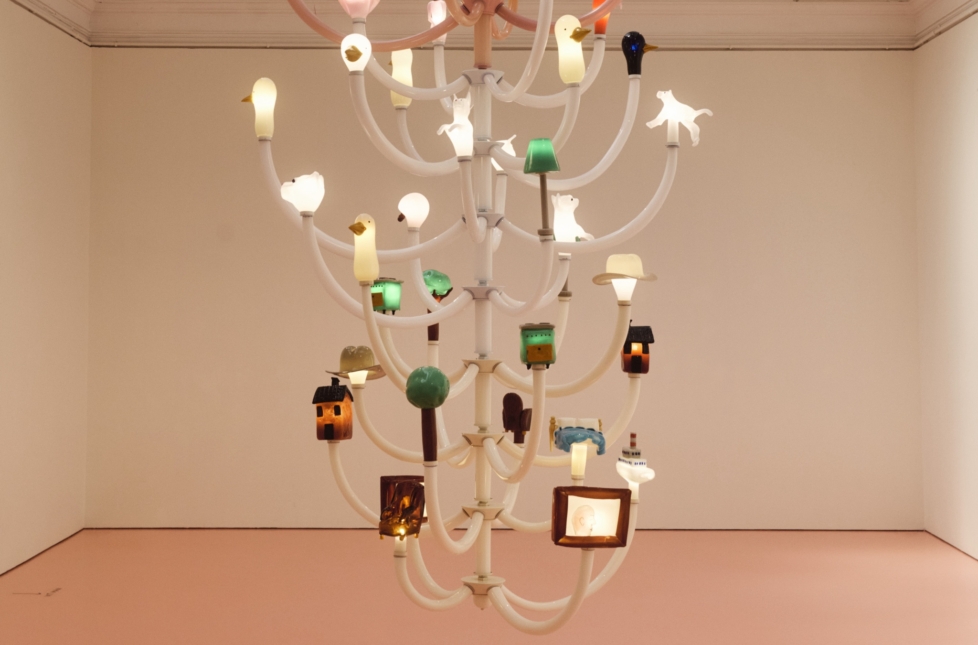
This might quickly turn into a long story, but it could also be kept quite brief. First of all, my head was set spinning at the thought that I have been following Ida Ekblad for fifteen years now – hey, time flies, right? – until it struck me that I have done nothing of the sort. It’s been a seriously long while since I followed anything, and it’s been at least seven years since I last saw a work by Ekblad. I don’t really know why, but it may have something to do with the fact that she hasn’t exhibited in Norway for that selfsame period of time. And those years have been quite gruelling. Especially this last year, of course. Although I personally haven’t been particularly hard hit by any of the obvious reasons (the collective traumas), or been more than marginally inconvenienced by the situation in general, this has in no way stopped me from inflicting unbearable torments on myself entirely on my own accord. But enough about that. I mention it only because it cast its idle, dull, and resigned spell on things in general.
It’s November. It’s dark. It’s raining. And in keeping with current restrictions, exhibition openings are no longer quite what they used to be. Instead, they are sort of non-openings – with varying degrees of negation. So, when I drop by Peder Lund during the last hour of the exhibition’s first day, I’m all alone. Truly, utterly, and entirely alone. I hear talking and drinking and partying from the other side of the wall, but I can find no door leading there, so the noises may be completely unrelated. This only makes the situation creepier, like the sound of ghosts from an art public that no longer exists. Here, where there is no audience, no artist, no gallery owner or gallery staff. Only a rather windblown and weathered art critic who is no longer as funny as he used to be, and the paintings of Ida Ekblad, which are funnier than before – and these sounds of a party from some inaccessible place on the other side of the wall. Welcome to the new art world.

The discomfort is not uninteresting, and has a deep resonance with an old episode of The Twilight Zone in which the protagonist wakes up in a world where everyone else has disappeared without a trace. The wider context has spread out over Oslo like a cold wet blanket, and I’m just a guy who writes art criticism. A fate rather like being a fly someone has pulled the wings off just for the sheer heck of it and then leaves to fend for itself in the middle of a maze with no exit. Disfigured, crippled, and very, very alone.
Of course, I consider the idea of stealing a painting. In fact, that’s more or less the only thing I think about when I’m at the venue. After all, my chances of getting away with it look pretty good. Who would stop me? There’s no one here, after all. And would it be so bad if someone were to catch naughty old me red-handed? At least I’d finally get to see another human being. And, who knows, maybe we’d actually like each other? The absence of people is not the same everywhere, you see. The dystopian architecture on Tjuvholmen is vaguely threatening in itself anyway. It has always made it difficult to ignore the body’s urge to cry, and awakens a desire to be comforted and cared for. And that’s just when things are normal, you know. When there are no other people around, it’s like navigating one – or two – 70s novels by J G Ballard, only a little darker. That’s also what’s preying on my mind now. When I was younger, I read far too much science fiction, and now I’m way too old to actually do what I see myself at the risk of doing right now. That is, fulfilling the tired old cliché that I consistently act with a hangover, and that I do not write about the art itself.
Still, I have to – it is, after all, the only thing to relate to in the here and now. But I think the absence I’m desperately trying to navigate my way out of is of some significance in that regard. Because it’s like walking around an echo of a society trying to maintain an already doomed capitalist world order through rather inconsistent restrictions on what is and isn’t allowed. And Ida Ekblad’s paintings – which still engage in a fragmentation of modernism, with subcultural markers abstracted to a point where everything is on the cusp of turning into something that might almost be seen as figurative – have never looked so much like commodities as they do here.

Within the empty parallel universe of glass, concrete, and metal we know as Tjuvholmen, the colours shout out to you in a polyphonic chorus: “Steal me and take me home,” and they only do so because of the circumstances mentioned. If there was even just one other person present, we would both primarily be potential customers. All this makes it difficult to think about specific works, or to see the pictures solely as pictures, or even to view the gallery as something separate from everything that’s right outside. But it is my job to at least try, so I have to enter the seven-year vacuum between now and the last time I saw an Ekblad show, to try to remember what it was like.
The last thing I remember is a major solo exhibition at the Museum of Contemporary Art in Oslo. Ekblad’s art had just seen an unexpected and radical change of direction at the time. Her work had shifted from being a form of subcultural mourning to become an excursion into the last hundred years of art history, recycling and reformulating various long-abandoned isms and strategies. But over the course of seven years, all the cells in your body get replaced, and this time around we see, in a sense, both of these approaches reflected in Ekblad’s art, even if the consistent abstraction leaves only hints of something else. This may be patterns, parts of signs or characters, or an associative use of the value and materiality of the colours – most often applied in generous impasto layers. Something consistently breaks the pattern. Some parts are overpainted, and others have not been sufficiently painted to lay down any guidelines for people like me on where this is supposed to go. The colours are perhaps their greatest strength, since Ekblad seems to have no barriers at all in terms of what is possible, an ability you actually have to build up over time.
If there were any real boundaries to relate to, this would be boundary-breaking. As things are, however, it serves more to highlight an infinity where all sorts of visual codes and potential meanings are chopped up and reassembled for all eternity. Rather like … rather like absolutely everything else.






